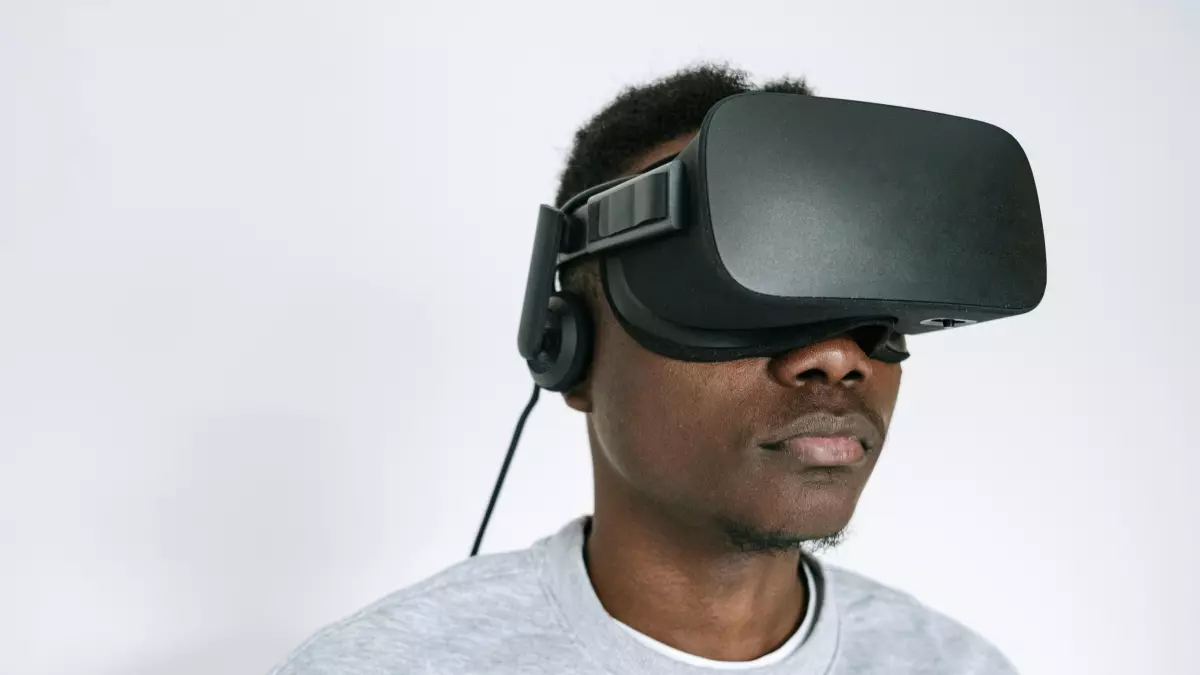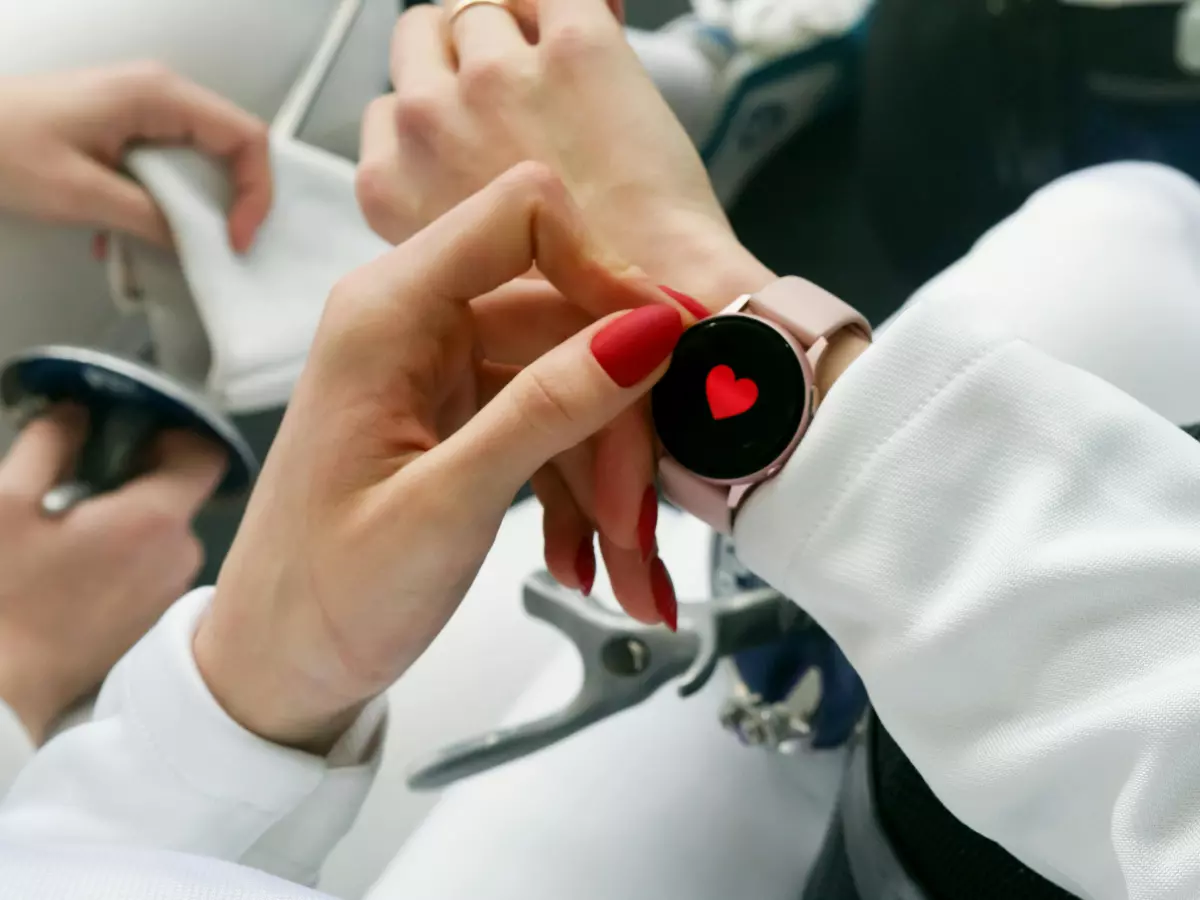Battery Drain
Ever feel like your wearable's battery is playing a cruel game of hide and seek? One minute it's full, the next it's gasping for life. What's going on?

By Sophia Rossi
Imagine your wearable as a high-tech orchestra. The sensors are the musicians, the battery is the conductor, and the software is the sheet music guiding the performance. But what happens when the musicians get a little too enthusiastic? They start to drown out the conductor, and the whole performance falls apart. That's exactly what's happening inside your wearable—your sensors are draining your battery faster than you can say 'low power mode.'
Wearables are packed with sensors—accelerometers, gyroscopes, heart rate monitors, GPS, and more. These sensors are constantly collecting data, and while they’re doing their job, they’re also sipping (or gulping) from your battery’s energy reserves. The more sensors you have running, the faster your battery drains. But wait, there’s more! It’s not just about the number of sensors; it’s also about how often they’re active and how much data they’re processing.
Why Sensors Are Battery Vampires
Let’s break it down. Sensors are designed to monitor your movements, heart rate, location, and even your stress levels. But here’s the catch: they need power to do all of this. Every time your wearable checks your heart rate or tracks your steps, it’s using energy. And if your wearable is constantly monitoring, well, you can kiss that battery life goodbye.
Take the GPS sensor, for example. It’s one of the biggest battery hogs. Why? Because it’s constantly communicating with satellites to pinpoint your location. The more frequently it updates, the more energy it consumes. The same goes for heart rate monitors, which need to shine a light on your skin and measure the reflection to calculate your pulse. It’s like leaving a flashlight on all day—it’s going to drain the battery.
But it’s not just the sensors themselves that are the problem. It’s also the software that controls them. If the software isn’t optimized, it can keep sensors running longer than necessary, or it might not manage power consumption efficiently. In other words, your wearable could be wasting energy without you even knowing it.
Software to the Rescue?
So, how do we fix this? Enter software integration. The software in your wearable is responsible for managing the sensors and making sure they’re not draining the battery unnecessarily. Think of it as the conductor stepping in to keep the musicians in check.
Good software can optimize when and how often sensors are active. For example, instead of constantly monitoring your heart rate, it might only check it every few minutes or when you’re in a high-activity mode. Similarly, GPS might only activate when you’re moving, rather than staying on all the time. The key is finding a balance between collecting accurate data and preserving battery life.
Some wearables even use AI to predict when you’ll need certain sensors, turning them on and off based on your behavior. If you always go for a run at 6 AM, your wearable might activate the GPS and heart rate monitor just before you start, then turn them off when you’re done. This kind of smart power management can significantly extend battery life.
Battery Tech: The Unsung Hero
Of course, none of this would matter if the battery itself wasn’t up to the task. Wearable batteries are tiny—there’s only so much space in that sleek, stylish band on your wrist. But battery technology has come a long way, and manufacturers are constantly working to improve capacity and efficiency.
Most wearables use lithium-ion batteries, which are lightweight and rechargeable. But even the best battery can only hold so much charge. That’s why optimizing sensor usage and software management is so important. Without it, even the most advanced battery would drain quickly.
Some companies are experimenting with new battery technologies, like solid-state batteries, which could offer higher energy density and longer life. Others are looking into energy-harvesting technologies, like solar panels or kinetic energy, which could allow wearables to recharge themselves as you move. But for now, the best way to extend battery life is through smart sensor management and efficient software.
What You Can Do
So, what can you do to make your wearable’s battery last longer? Here are a few tips:
- Turn off unnecessary sensors: If you’re not using GPS or heart rate monitoring, turn them off. Every little bit helps.
- Adjust your settings: Many wearables let you adjust how often sensors collect data. Set them to check less frequently if you don’t need real-time updates.
- Use power-saving modes: Most wearables have a low-power mode that disables non-essential sensors and features. Use it when you’re not actively using your device.
- Keep your software updated: Manufacturers often release updates that improve power management. Make sure your wearable is running the latest version.
At the end of the day, wearables are a balancing act between sensors, battery life, and software. The more sensors you have, the more data you collect—but that also means more power consumption. The key is finding the right balance for your needs and making sure your wearable’s software is doing its job to keep everything running smoothly.
So, the next time your wearable’s battery dies faster than expected, don’t blame the battery. Blame the sensors—and maybe give your software a little nudge to help them play nice.




